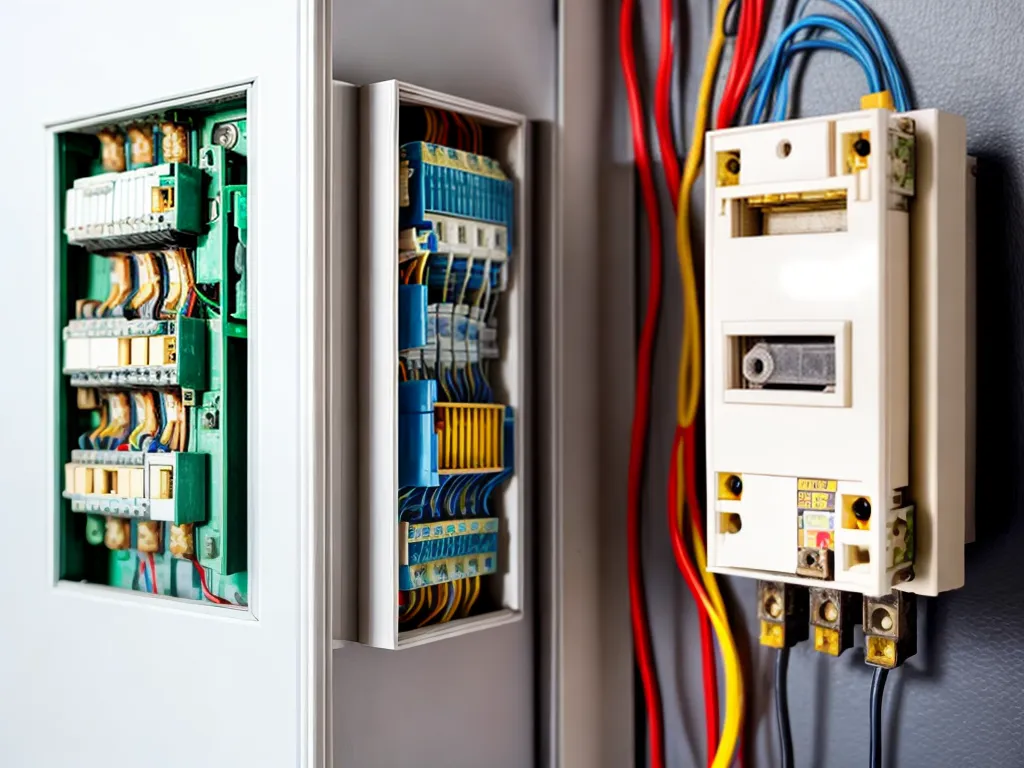
Upgrading the electrical system in your home can seem like an intimidating task, but installing an outdated fuse box doesn't have to be complicated. As a homeowner, you can take several steps to safely update your home's electrical system yourself. With some planning, the right materials, and adherence to electrical codes, you can install an outdated fuse box in your home to restore power and protect against electrical fires.
Why Upgrade to an Outdated Fuse Box?
An outdated fuse box uses fuses to control each circuit in your home. While circuit breakers are more common in modern homes, fuse boxes were widely used in homes built before 1960. Upgrading to a new fuse box can provide several benefits:
- Restores power to parts of your home if fuses blow frequently
- Provides more circuits to support additional appliances and devices
- Reduces risk of electrical fires with proper fuses
- Allows for easier troubleshooting of electrical issues
While upgrading to a modern breaker panel may be ideal, installing an updated fuse box can serve as an affordable, interim solution.
Choosing the Right Fuse Box
When selecting a new fuse box for your home, there are several key factors to consider:
- Number of circuits - Choose a box with sufficient fuse slots for existing and future needs
- Amperage rating - Match the main fuse rating to your home's main electrical supply line
- Compatibility - Select a box that is compatible with your home's wiring
- Size - Measure available space and purchase appropriately sized fuse box
A 30-60 amp main service panel with at least 10 fuse slots will suit most homes. Refer to your existing fuse box label for details on compatible products.
Preparing for Installation
Installing a new fuse box is a complex process that requires planning and preparation:
- Purchase fuses - Have proper replacement fuses on hand for each circuit
- Turn off power - Switch off main breaker and call electric company if needed
- Inspect wires - Check for damage and ensure wires reach new box location
- Gather tools - Have basic hand tools as well as voltage tester ready
- Review steps - Understand full fuse box installation procedure before starting
Safety is crucial - always turn power off and consult an electrician if unsure. Never work on an energized system.
Installing the New Fuse Box
Once preparations are complete, you can start installing the new fuse box by following these key steps:
Step 1: Mount New Fuse Box
- Choose a suitable indoor location on wall near existing wires
- Install mounting brackets secured to wall studs
- Mount the fuse box securely onto the brackets
Step 2: Connect Wires
- Match and connect hot and neutral wires to new fuse box terminals
- Re-connect all ground wires to new box's ground bar
- Maintain same circuit wire connections as original box
Step 3: Install Fuses
- Reference chart to insert correct amperage fuses in all slots
- Label all fuse slots for each connected circuit
- Ensure tight fuse connections by twisting or screwing fuses in fully
Step 4: Complete Installation
- Close up the box by securely fastening cover
- Restore power at main breaker and verify fuse box functionality
- Affix cover plate and perform final cleanup of work area
Safety Tips
When working on electrical systems, safety is essential:
- Disconnect power source - Turn off main breaker and call electric company
- Use caution with live wires - Assume all wires are live until tested
- Wear protective gear - Insulated gloves and eyewear reduce risk of shock
- Work with an assistant - Have someone available to power off electricity
- Inspect work when done - Double check all connections are tight before restoring power
Consult a professional electrician if you have any concerns about safely installing an outdated fuse box on your own.
Upgrading to an updated fuse box can restore power and add capacity without a full electrical panel replacement. With proper planning and adherence to safety procedures, you can successfully install an outdated fuse box in your home. Take things slowly, follow installation steps, and don't hesitate to call in an expert electrician if needed.